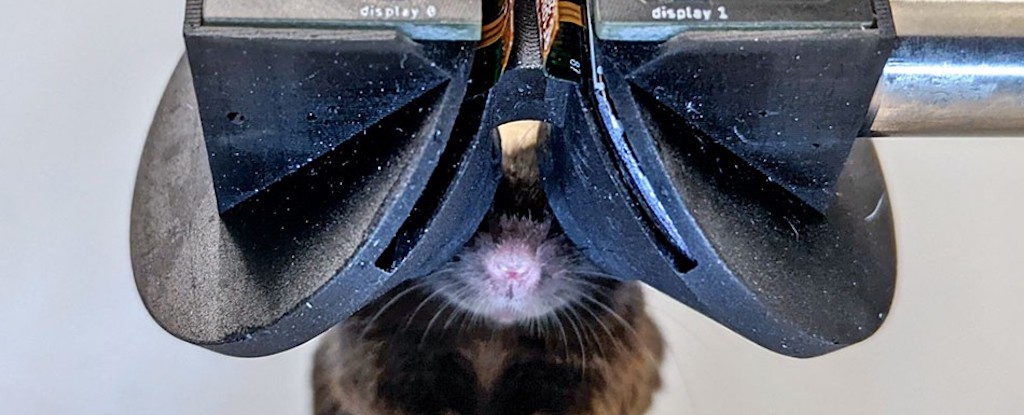Abstract
A new saperdine species belonging to a new genus, Tsounkranaglenea hefferni gen. et sp. nov., is described from Sabah, Malaysia. The new genus differs from other genera of the tribe Saperdini by the special male sternite VII modified into a rake-shape, with the apex of the ventral plate of the median lobe unusually emarginated.
Coleoptera, New genus, Glenea, Glenea subaurata, Asia, taxonomy
 |
| Tsounkranaglenea hefferni gen. et sp. nov. 1. Holotype, male. 2-5. Paratype, female. 2b-d, showing abdomen especially the 7th and 8th segment; 3, abdomen with genitalia removed; 4, claw of left middle tarsus; 5, claw of right middle tarsus. a, dorsal view; 4a, dorsa-lateral view; b, lateral view; 4b, back view; 2c, lateral view; 3c, ventral view; d, back view; e, frontal view. 1a, 1b, 2a: scale bar 4.0 mm; 3a-3c: scale bar 2.0 mm; others not to scale. |
 |
| 6–10. Terminalia of Tsounkranaglenea hefferni gen. et sp. nov. 6, Tergite VIII; 7, sternites VIII & IX; 8. Tegmen; 9, Median lobe; 10, endophallus, showing a band of supporting armature, basal plate-like sclerites and rod-like sclerites. a, Ventral view; b, Lateral view, 7b, dorsal view; c, dorsal view; d, lateral view. 7-10, Scale bar 0.1 mm; 6, scale bar 1.0 mm. |
Tsounkranaglenea gen. nov.
Diagnosis. It is mostly similar to Glenea by the lateral elytral carinae and truncate elytral apex, but can be distinguished by the elongated, bended and rake-shaped sternite VII. In fact, it differs from all other saperdine genera by the peculiar sternite VII in males. It also differs from Paraglenea Bates, 1866, Heteroglenea Gahan, 1897 (as defined in Lin, Montreuil et al, 2009) and Pareutetrapha Breuning, 1952 by the male claws of fore and hind legs simple instead of appendiculate or bifid and elytral apex truncated with sharp teeth instead of rounded or slightly truncated without sharp teeth. It also differs from Eumecocera Solsky, 1871 and Stenostola Dejean, 1835 by the elytra with lateral carinae and male claws of fore and hind legs simple instead of appendiculate or bifid. The combination of the following characters makes the new genus easily separable from other saperdine genera: prothorax without lateral tubercles, elytra with distinct lateral carinae, elytral apex truncated with long spines at outer angle, male claws with appendiculated tooth only in mesotarsi and female claws all simple, male sternite VII elongated and bended into a rake-shape.
Etymology. The generic name is a combination of a Greek word tsounkrána (τσουγκράνα) and the genus name Glenea. The Greek word “tsounkrána” refers to the shape of sternite VII in male, which looks like a rake. Gender feminine.
Tsounkranaglenea hefferni sp. nov.
Etymology. The species is named after Mr. Daniel Heffern (Texas, USA), who offered the interesting material for this study and provided the first author some wonderful saperdine specimens from Malaysia for research.
Diagnosis. This species resembles Glenea subaurata Breuning, 1950 at first glance by the similar shape and colour. The specific differences are easily defined by the male sternite VII. Without specimens for dissection, we can not conclude whether Glenea subaurata Breuning, 1950 should be moved to the new genus Tsounkranagleneaor not.









Leave a Comment